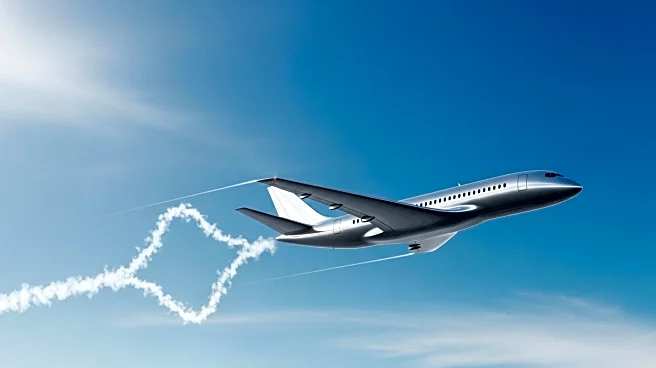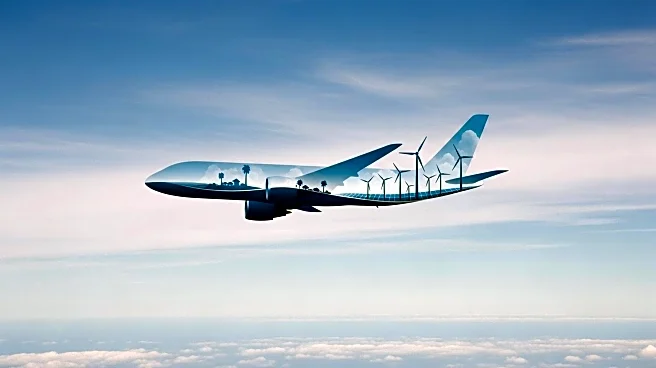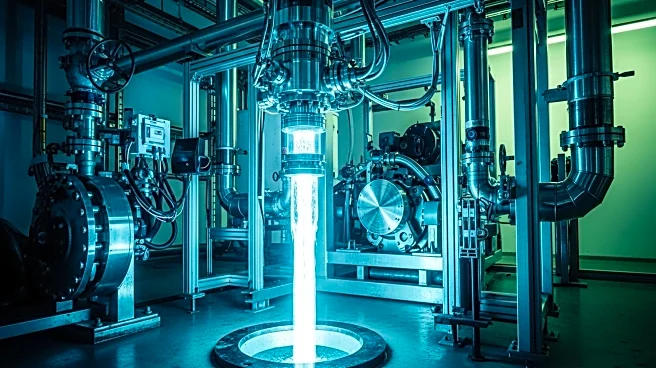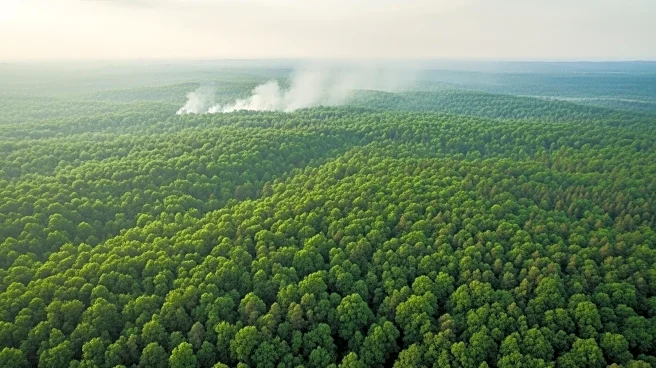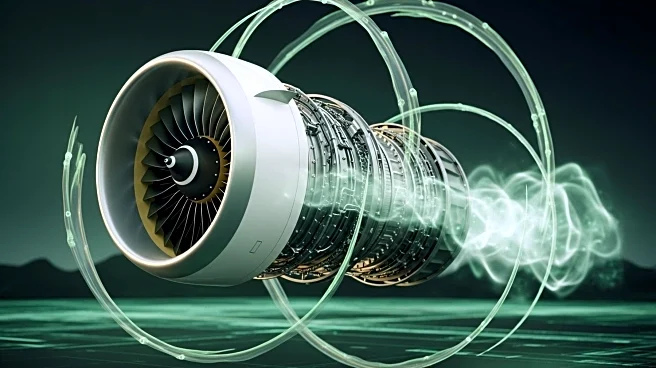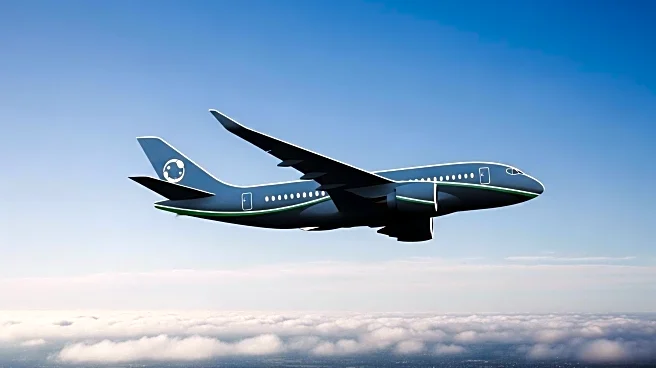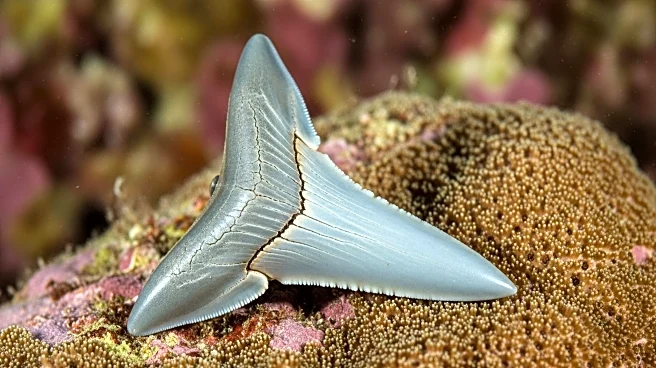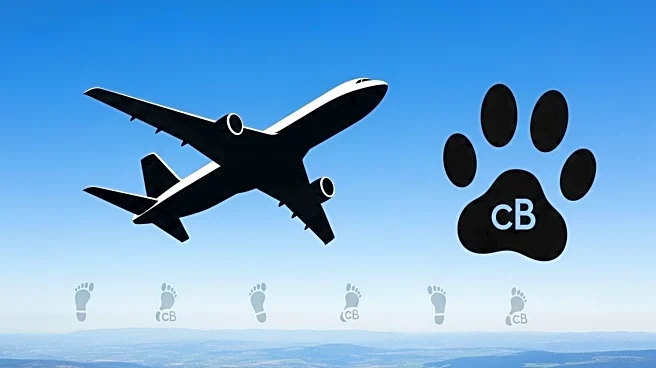Rapid Read • 6 min read
The aviation industry is increasingly focusing on the environmental impact of contrails, which are non-carbon dioxide emissions formed by aircraft. These contrails contribute to climate change by trapping heat in the atmosphere. The science behind contrail formation and their environmental effects is complex, involving factors like aircraft exhaust composition and atmospheric conditions. Efforts are underway to better understand and mitigate these impacts, with initiatives such as the EU's Emissions Trading System requiring airlines to report non-CO2 emissions.
AD
Contrails represent a significant portion of aviation's climate impact, and addressing them could lead to substantial environmental benefits. The industry's efforts to reduce contrail formation could help achieve broader climate goals, such as net-zero carbon emissions by 2050. However, the lack of regulation and understanding of non-CO2 emissions poses challenges. Successful mitigation strategies could enhance the aviation sector's sustainability and reduce its contribution to global warming.
Research and trials on contrail avoidance, including altering flight altitudes, are ongoing. The industry is exploring the use of sustainable aviation fuels (SAF) to reduce contrail formation. Collaborative projects involving major aerospace companies aim to develop solutions for monitoring and reducing non-CO2 emissions. As understanding improves, regulatory frameworks may evolve to include non-CO2 emissions, potentially impacting airline operations and environmental policies.
AD
More Stories You Might Enjoy
